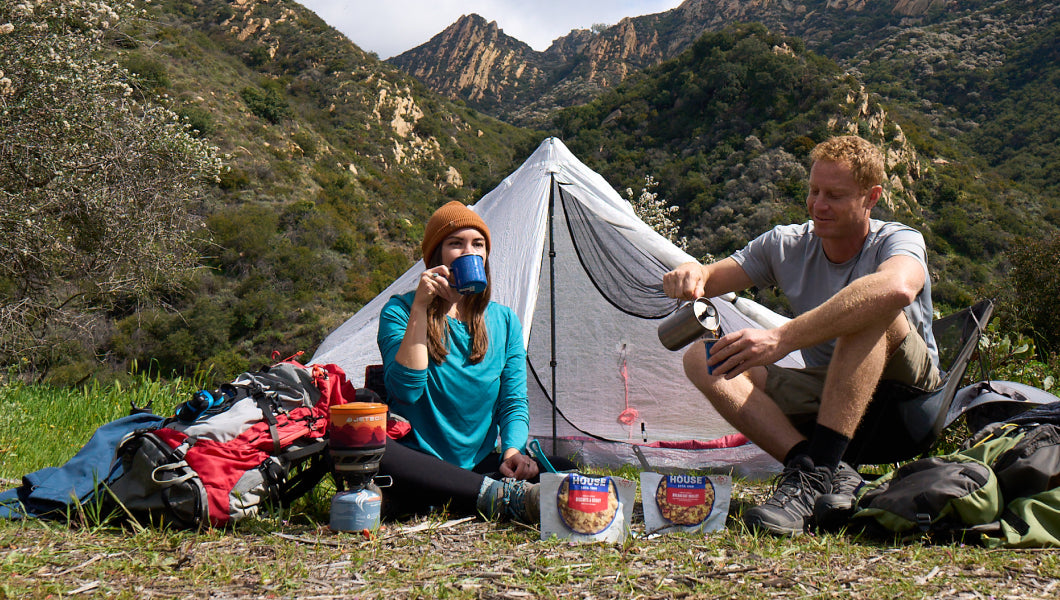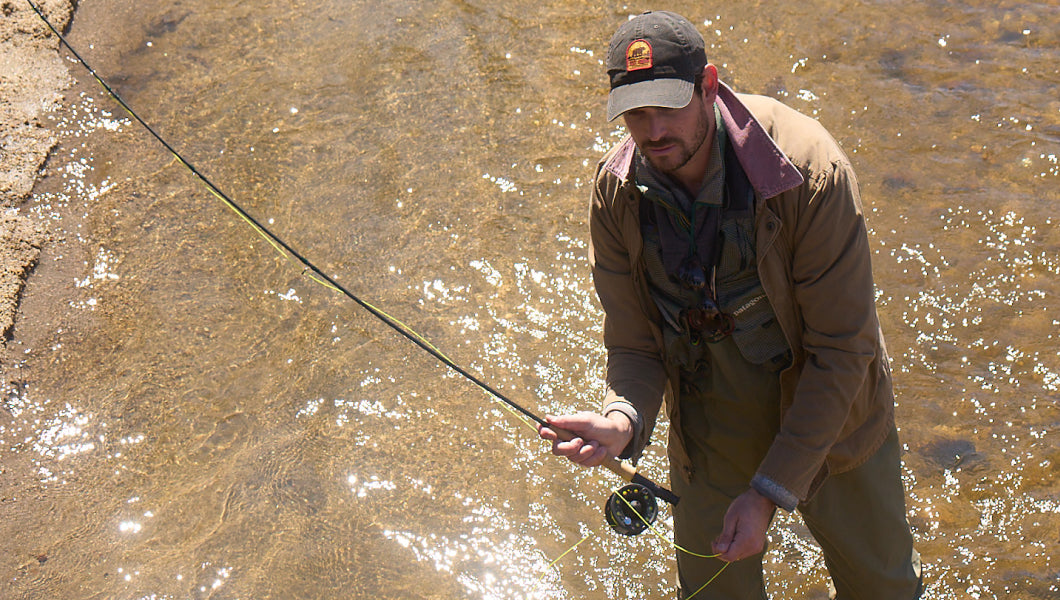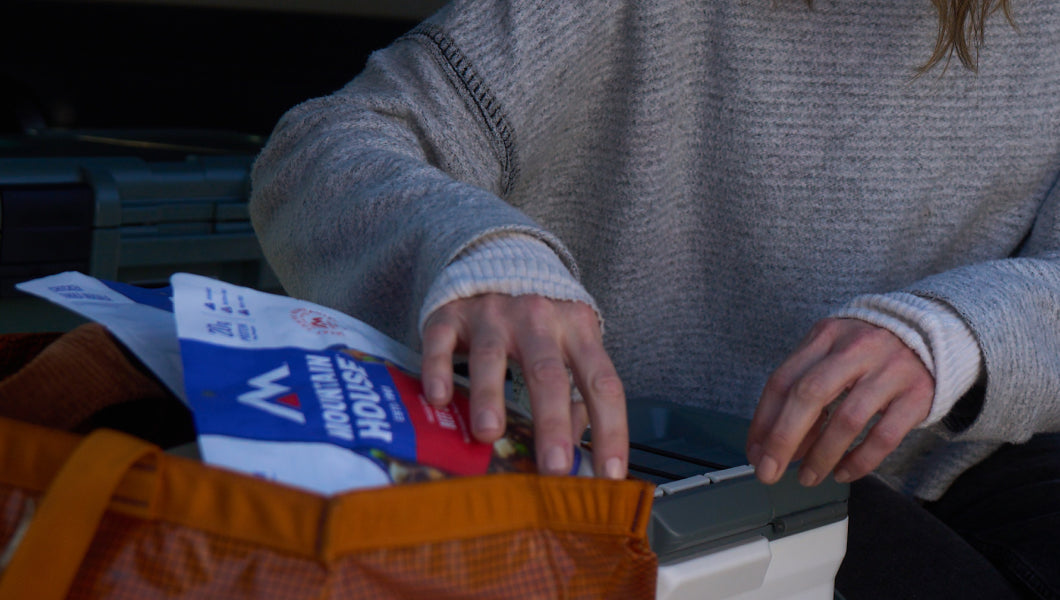Inspired for an Adventure? Check out Beef Stroganoff - Pouch and Beef Stew - Pouch
Free Ground Shipping On All Orders
Over 2,100 Reviews
Add description, images, menus and links to your mega menu
A column with no settings can be used as a spacer
Link to your collections, sales and even external links
Add up to five columns
Add description, images, menus and links to your mega menu
A column with no settings can be used as a spacer
Link to your collections, sales and even external links
Add up to five columns
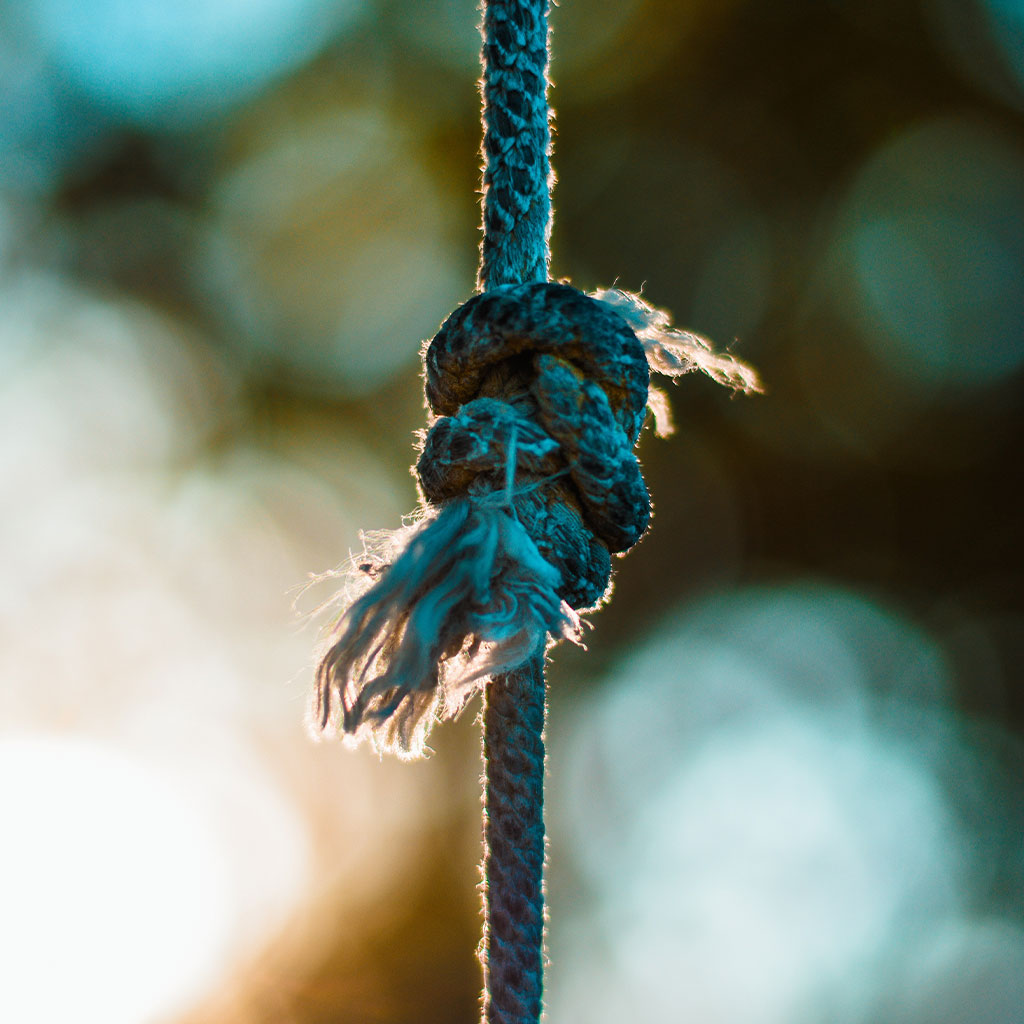
Six of the Most Useful Outdoor & Survival Knots You Should Know
Survival knots are essential skills for outdoor enthusiasts and emergency situations, providing reliable and versatile means for securing gear, building shelters, and climbing. Survival knots include a variety of hitches, bends, and loops, each with specific applications and strengths, making them crucial for safety and efficiency in wilderness survival scenarios.
Knot-tying is one of those skills that never go out of fashion—especially for outdoorspeople, but really for anyone who wants to become more resourceful on the off-chance they find themselves in dire straits. If your experience in the art up till now has been restricted to tying shoelaces and the occasional in-a-pinch overhand knot, knots can seem a difficult, even esoteric challenge. But while there are many kinds of knots better- or worse-suited for all sorts of situations, you actually can get by fine for most everyday applications learning just a handful.
The following are some of the basic, tried-and-true knots with a whole lot of value on a camping, backpacking, or river trip. That includes in practical matters such as setting up a tent or “lining” a kayak through risky rapids as well as all-out survival situations, such as hastening to erect an emergency shelter in the teeth of a dangerous storm or trying to hoist an injured companion up or down a cliff face.
In this blog post, we’ll simply be introducing these standout knots and some of their important uses; follow the links provided to pages with step-by-step details and good illustrations on how to actually tie them. (A picture's really worth a thousand words when it comes to demonstrating knot-tying.)
The Clove Hitch
The Clove Hitch—also called the Double Half Hitch—certainly ranks among the most versatile knots. A hitch refers to a knot that attaches a rope to another object. The Clove Hitch is a handy way to tie an anchor to the middle of a line and to tie something down to a post or stake with the ability to easily adjust the tension. It’s a classic knot for securing guylines, and thus useful to know for both everyday tent or tarp setup and the quick assembly of an emergency shelter when the elements are bearing down on you.
The Clove Hitch has many applications for climbers—attaching oneself to an anchored carabiner, passing an object along a length of rope—and can tie up a boat in quick fashion. But it can slip under load and when pressure on it shifts direction, so it’s more of a temporary or quick-fix option in these cases: not a knot to absolutely depend on.
Clove Hitches in combination with Square Knots (see below) are used in the Square Lashing method of tying together poles—a very useful knot system to learn for jury-rigging shelters, for example.

The Square (or Reef) Knot
The Square Knot, used for binding, is also known as the Reef Knot because it’s a go-to way to “reef” a sail—that is, to reduce its area when winds pick up. (Sailors also employ the Square Knot in furling.) Use the Square Knot to secure a bundle or tie off a long rope to store in or over a pack in a mountaineer’s coil, or in a butterfly coil secured directly to your person.
The Square Knot is great to know, without question; it’s also downright notorious because many people incorrectly use it as a bend: a joining of two different ropes. You certainly can often connect a pair of ropes with a Square Knot, but it’s not a secure bend, liable to spill or capsize (i.e., pull apart)—all the quicker when the ropes are of different sizes or materials. Never trust your life to a Square Knot!

The Sheet Bend
Instead of the inappropriate Square Knot, use the Sheet Bend to join two ropes—even those of substantially different sizes. If they are, use the thicker rope to make the bight (loop) of the knot, and the thinner one to tie in. If the ropes or lines are of substantially different thicknesses, you can increase the security of the union by making two turns of the thinner rope around the bight (thus forming a Double Sheet Bend).
There are innumerable situations in the backcountry where you might use a Sheet Bend to fix together two ropes, including mending broken line and creating a longer length to haul something. The Sheet Bend can also be used to securely anchor the corner of a tarp when rigging an emergency or ultra-light shelter.

The Bowline
The “king of knots”—an old and valid name for the Bowline (“bo-lin”), which forms a non-slip but easy-to-untie loop at the end of a rope. You can even fix a bowline with one hand, which could come in “handy” (sorry) in any number of tricky situations in which you need to lasso yourself with a tossed or dangled rope end.
The classic mnemonic for learning the slightly complicated steps of the Bowline involves a friendly woodland creature: a “rabbit” (the working end of the rope) emerging from its “hole” (the loop) and going back of and round the “tree” (the rope’s standing end) and then back into the hole. (For all of you movie buffs: The Bowline is the knot Captain Quint reaches Chief Brody in the 1975 classic Jaws—the one Brody successfully ties just before the great white shark they’re pursuing makes a sudden, gaping appearance. In Quint’s seaman version, the rabbit’s an eel.)
The uses of the Bowline are myriad, including anchoring a rope to a tree or pier and hoisting a bear bag safely off the ground. Double and Triple Bowlines increase the knot’s security for use in rescue situations. Besides wrapping around a person’s trunk, a Bowline loop can also support a rescue victim as a seat or a foothold.
The Bowline on a Bight, sometimes called the Portuguese Bowline, creates a well-secured loop in the middle of a rope and is often used in wilderness rescue to tow an emergency litter or stretcher.

Double Fisherman’s Knot
The Double Fisherman’s (or Grapevine) Knot makes a strong bend for tying two ropes together, commonly used for rappelling by climbers (and thus useful to learn for any backcountry rambler, in case descending a steep face becomes critically necessary). It’s also a vital knot in the securing of Prusik Hitches (see below).

The Prusik Knot
The Prusik Knot is one of the great, trusty mountaineer’s knots, used to make slidable slings by which a rope may be climbed up and to reinforce safe rappelling. It’s also an excellent emergency hitch to learn in case you need to hoist yourself or somebody else from a glacial crevasse, cliff ledge, or whitewater.

Practice Makes Perfect
Like anything, mastering a knot takes practice, but the time you put in can pay off enormously out in the field—and someday you may genuinely need one of these bends or hitches. By using the resources we’ve shared here and others, take care to learn the exact sequence and structure of these knots, as even a seemingly small variation can completely undermine their security. As David Seidman writes in The Complete Sailor, “No matter how good a knot is, it can’t do its job if it has been tied incorrectly. There are no partially correct knots. They are either completely right or all wrong.”
In addition to the guides linked to in the text, here are a couple of other useful references for knot-tying:
- Alderleaf Wilderness College: Camping Knots for Wilderness Survival
- CMC Rescue, Inc.: Popular Knots & Hitches for Rope Rescue

How to Forage for Food in the Wild: A Beginner’s Guide
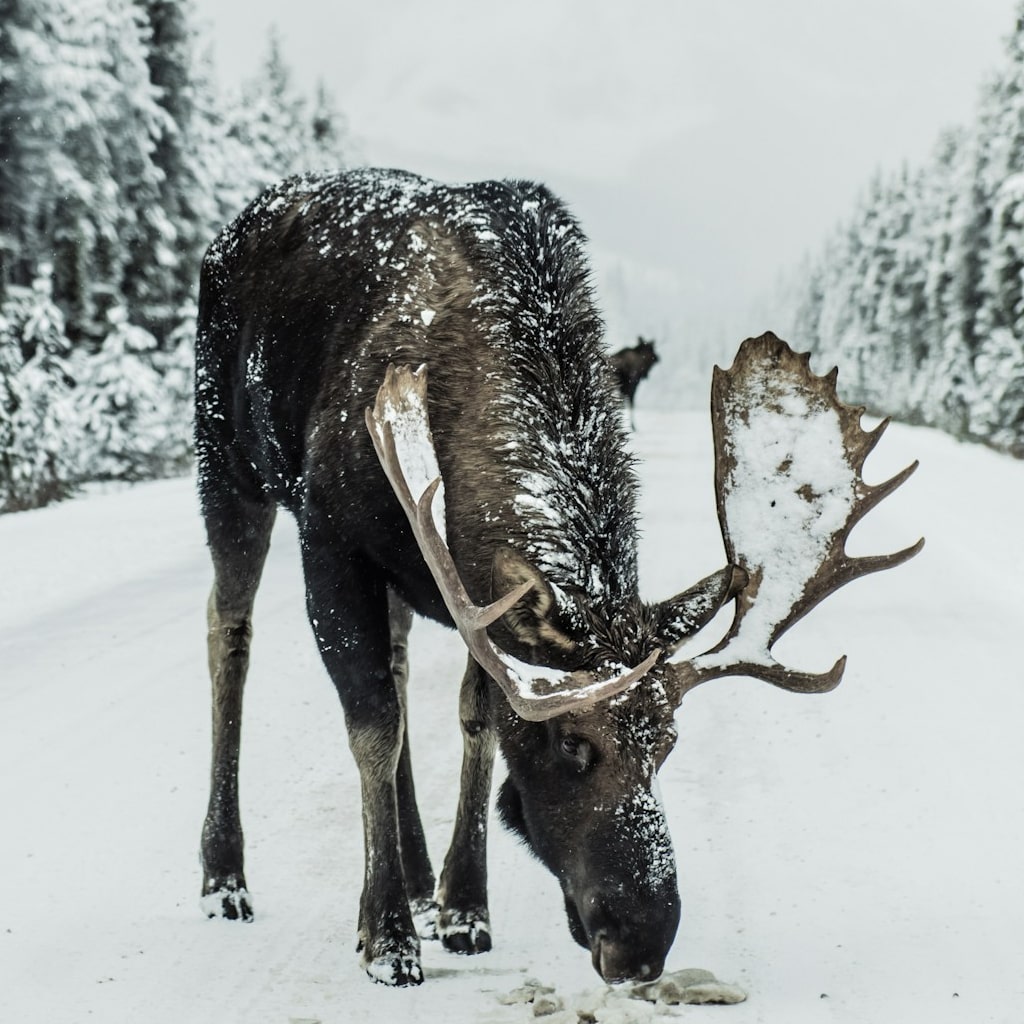
What to Do if You See a Moose & How to Survive an Attack


Stay Hungry for Adventure
Sign Up for Delicious Outdoor Meals & Exclusive Offers!


Join the adventure
©2024 Mountain House — All Rights Reserved.
Your Cart is Empty
Continue ShoppingYour Cart
Subtotal
$0.00
EXPRESS PAYMENT METHODS AVAILABLE IN CHECKOUT
Taxes and Shipping Calculated at Checkout












